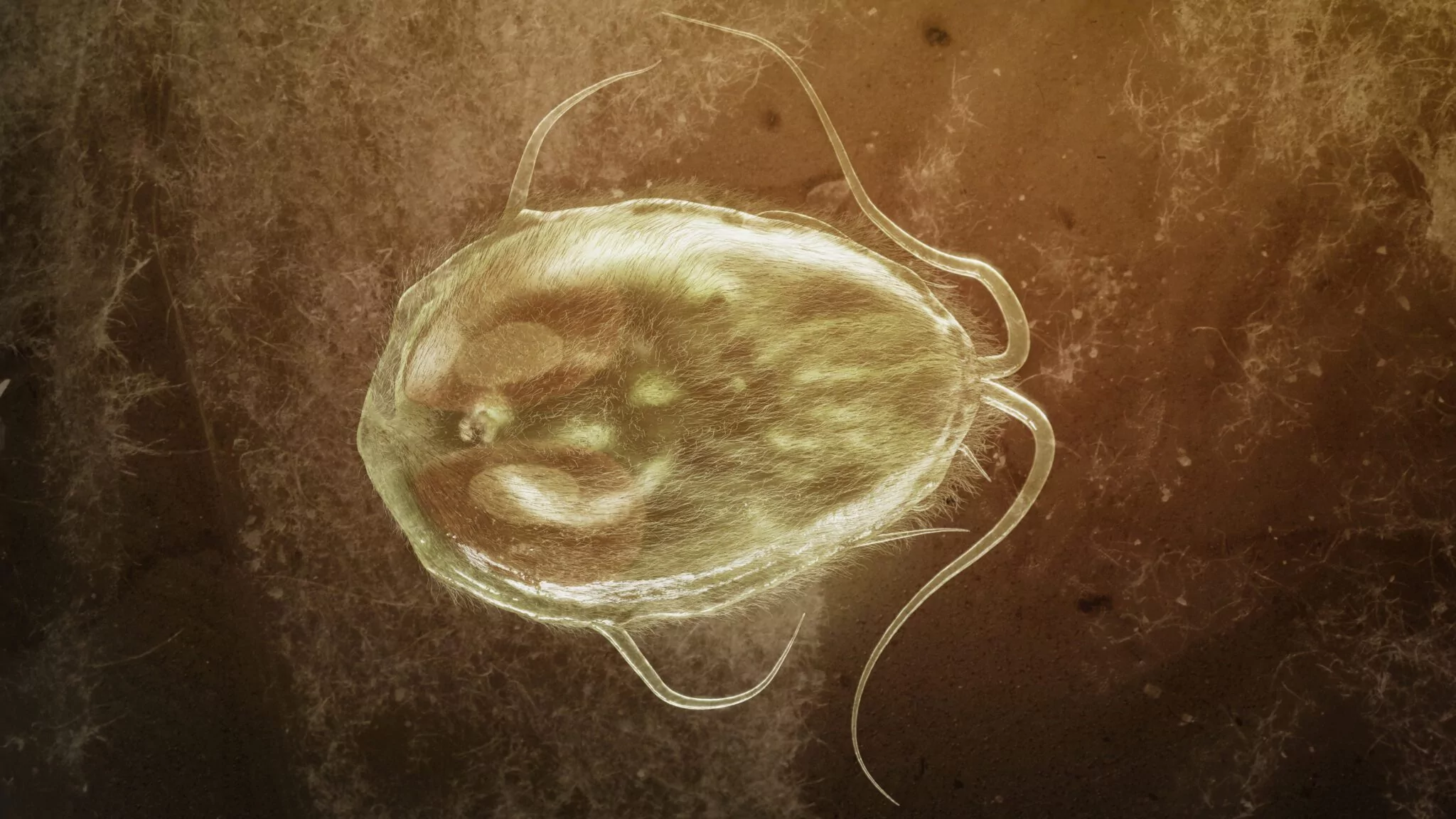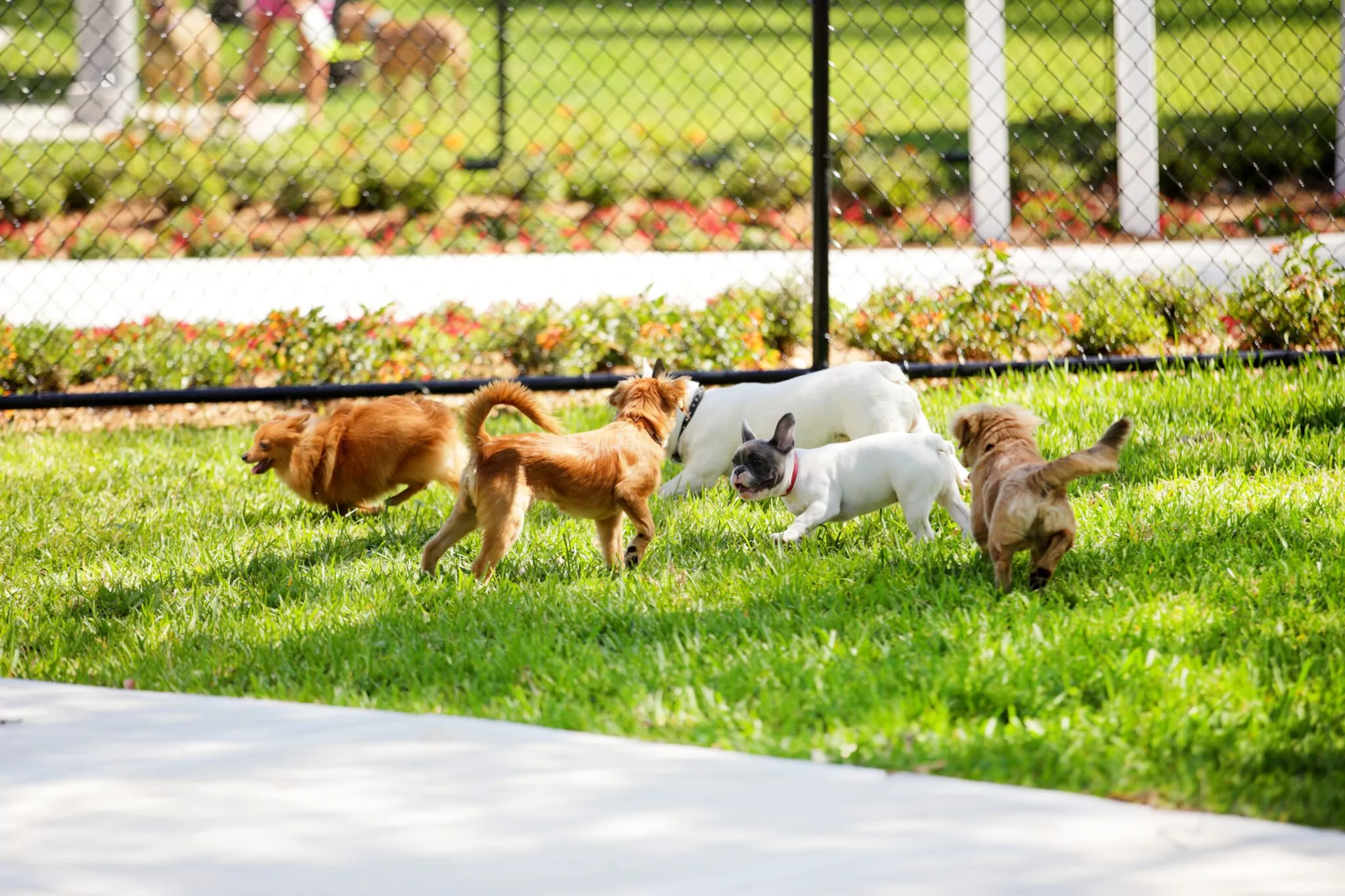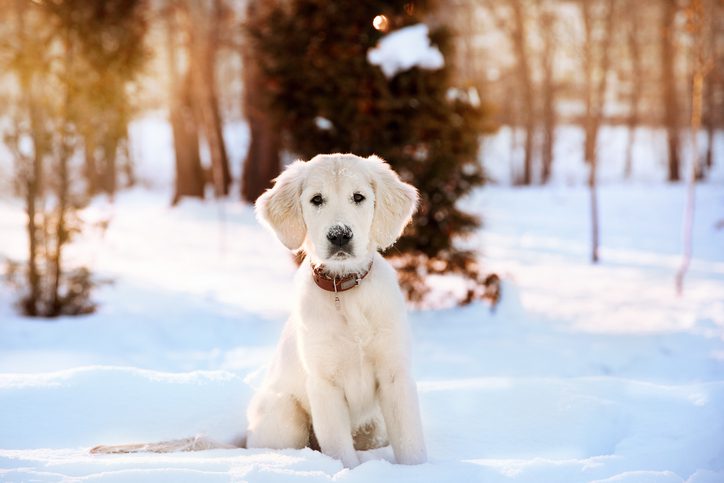
Dog Flu Symptoms in Boston, MA: What to Look Out for
What Is Dog Flu?
Dog flu, or canine influenza, is a respiratory disease in dogs that is very contagious, and caused by a Type A influenza virus. It can also affect cats. There are two different strains of dog flu that have identified in the US, H3N8 and H3N2. H3N8 was first noted in 2004 in racing greyhounds in Florida, and it’s thought that this flu developed from a strain of flu that jumped from horses to dogs.

H3N2 was first identified in the US in 2015 in the Chicago area, and prior to this, cases of H3N2 were only found in southeast Asia and China. IN 2017, H3N2 was diagnosed in 11 more states. Luckily, there is no evidence that either strain of dog flu can infect humans.
How Is Dog Flu Transmitted?
Canine influenza is transmitted through aerosols and droplets. Dogs who can spread it through coughing, barking and sneezing, spreading droplets through the air, and these droplets can also be transmitted through shared water bowls.
Dogs who are in close contact with other dogs in kennels, doggy day cares, groomers, and shelters are at increased risk of catching the flu. Canine influenza can also be transmitted through objects such as kennels, collars, leashes, toys, or through people who have been in contact with infected dogs.
If you think you or your dog have been exposed to canine influenza, it’s recommended to clean and disinfect surfaces and objects that have been in contact with an infected dog. Also, if you think you’ve come into contact with a dog with canine flu, it’s best to wash your hands and wash your clothing to avoid spreading the virus to your own dog.
Canine influenza can remain in the environment and on surfaces like tables and door knobs for up to 48 hours, on your hands for 12 hours, and on your clothes for 24 hours. The strain of H3N8 has an incubation period of 1-5 days, and clinical signs most often appear 2-3 days after being infected. The N3N2 strain has a smilar incubation period, and dogs will start to show signs from 2-8 days after infection. It’s during the incubation period when dogs are most contagious, and they can shed the virus even though they may not show any signs or symptoms. Also, some infected dogs may not show any signs at all, but may still be able to shed the virus.
What Are the Symptoms of Dog Flu in Boston, MA?
The DNA of canine influenza first infects, and then replicates inside cells in the respiratory tract. The invasion of the virus causes an inflammatory response, resulting in bronchitis, rhinitis, and tracheitis. The inflammation of the airways and nasal passages causes the death of the underlying epithelial cells in the respiratory tract, and this can predispose your dog to secondary bacterial infections, as well as nasal discharge and coughing.
Canine influenza is highly contagious, and almost 80% dogs who are exposed become infected and show signs and symptoms. Some dogs who have canine flu start coughing, and it can look a lot like kennel cough, or Bordatella, but most dogs exhibit the mild form.
One of the most common symptoms is a persistent cough for 10-21 days. Infected dogs may have a moist cough, sneezing, nasal discharge, and maybe lethargy and reduced appetite. Some dogs develop a green or yellow nasal discharge and a fever which indicates a secondary bacterial infection.
If you suspect that your dog has the canine flu, and she has nasal discharge and a fever, contact your veterinarian as soon as possible, because severe cases can potentially evolve into pneumonia.
How Is the Dog Flu Diagnosed?
Canine flu needs to be diagnosed by a licensed veterinarian, and cannot be diagnosed solely by clinical signs because these signs could also indicate other illnesses. The most effective way to diagnose canine flu is for your veterinarian to conduct a lab test, which can include immunoassays to detect the antigen of the virus, a serology test for antibodies, and what’s called a PCR test to detect the virus DNA. If you have any questions about getting your dog tested, contact your local veterinarian.
How is Dog Flu Treated?
Your veterinarian can determine the best treatment options for your dog. In most cases, treatment for canine flu is largely supportive (i.e. cough suppressants, anti-inflammatories), and most dogs recover fully in 2-3 weeks.
However, if your dog develops a secondary bacterial infection, dehydration or pneumonia, your veterinarian may suggest other diagnostics, treatments or hospitalization in severe cases.
If your dog has been diagnosed with the flu, it’s recommended that your dog be quarantined from other dogs for at least four weeks. There are no anti-viral medications to treat canine influenza.
How Can I Prevent My Dog from Catching the Flu?
As the flu virus can live in the environment up to 48 hours, it’s important to aedquately clean homes, kennels, surfaces and objects that may have come into contact with infected dogs. You can use most off-the-shelf cleaning products that contain bleach or ammonium compounds as disinfectants.
Is There a Vaccine for Dog Flu?
There are vaccines available that target both strains of canine influenza, and are available in the US. Vaccinating your dog can reduce the risk of your dog contracting the flu, but vaccinating may not totally prevent an infection, however, it may reduce the severity and duration of the illness.
The vaccine is not a mandated vaccine like rabies, and is most often recommended for dogs that socialize with other dogs at doggy daycares, kennels or dog parks.
Dogs that can benefit from canine influenza vaccination include those that receive the kennel cough (Bordatella) vaccine, because dogs that are at risk of catching kennel cough may also be at risk of catching influenza as well.
If you have questions about the vaccines, contact your veterinarian for more information about these vaccines and if you should consider them for your dog.
Recent Posts
- « Previous
- 1
- 2
- 3
- 4
- Next »










